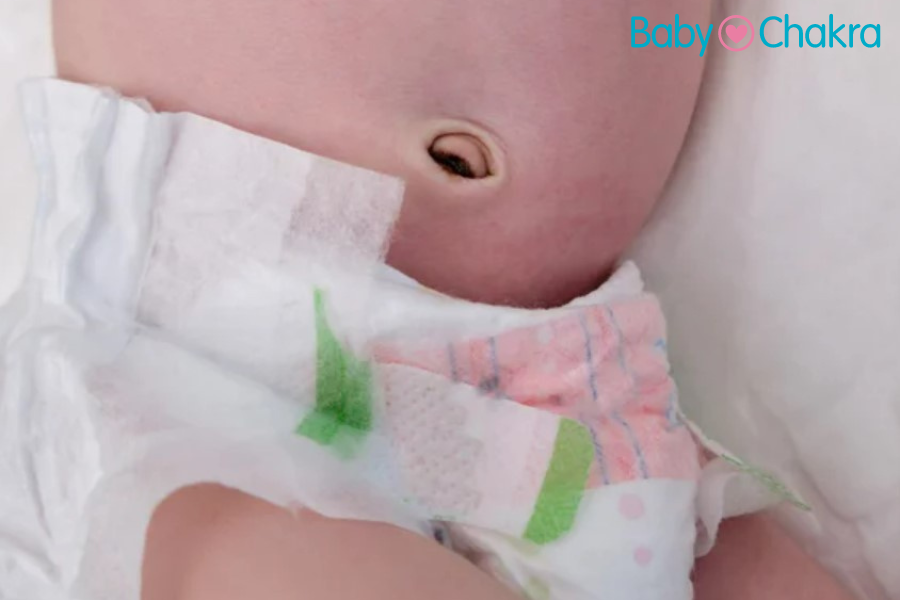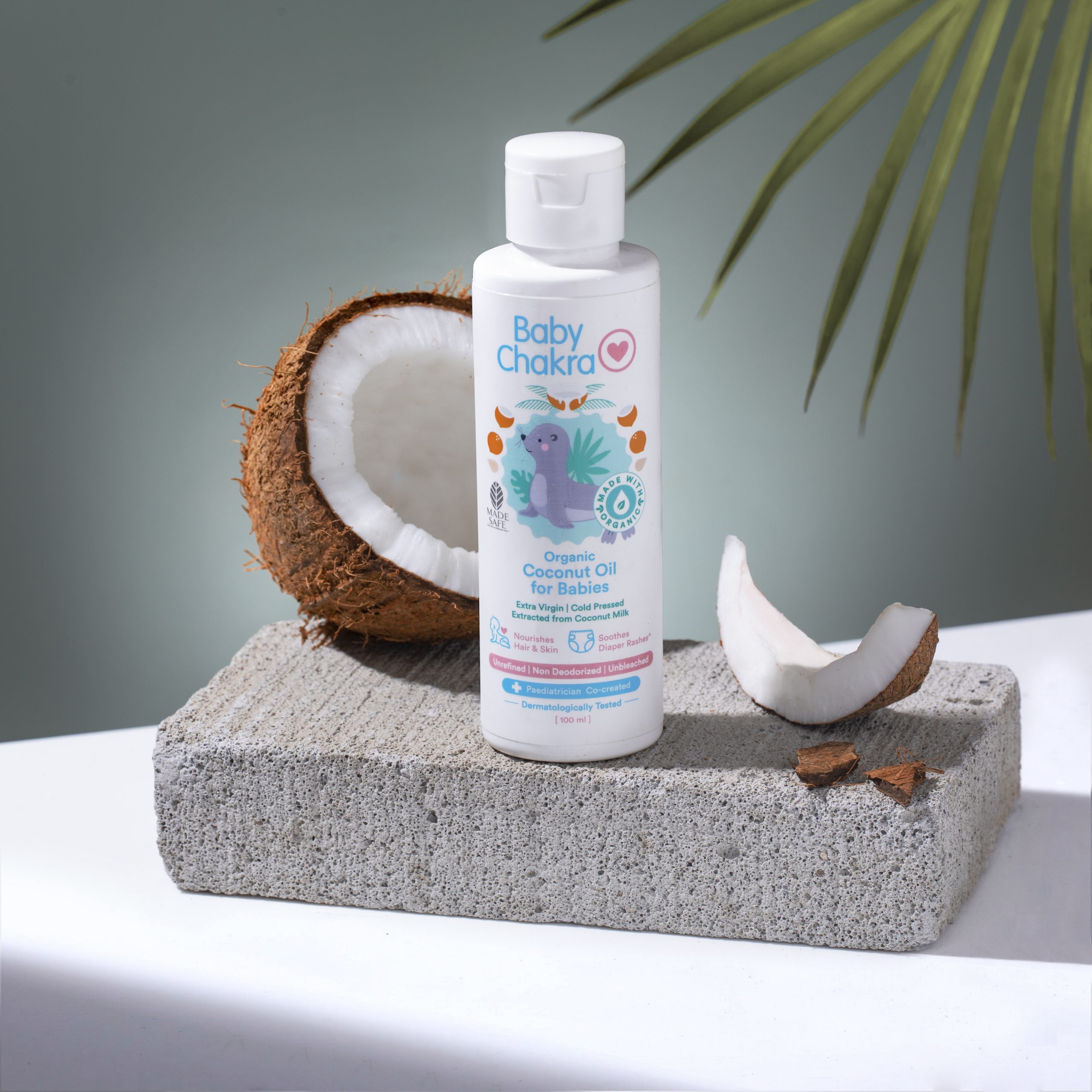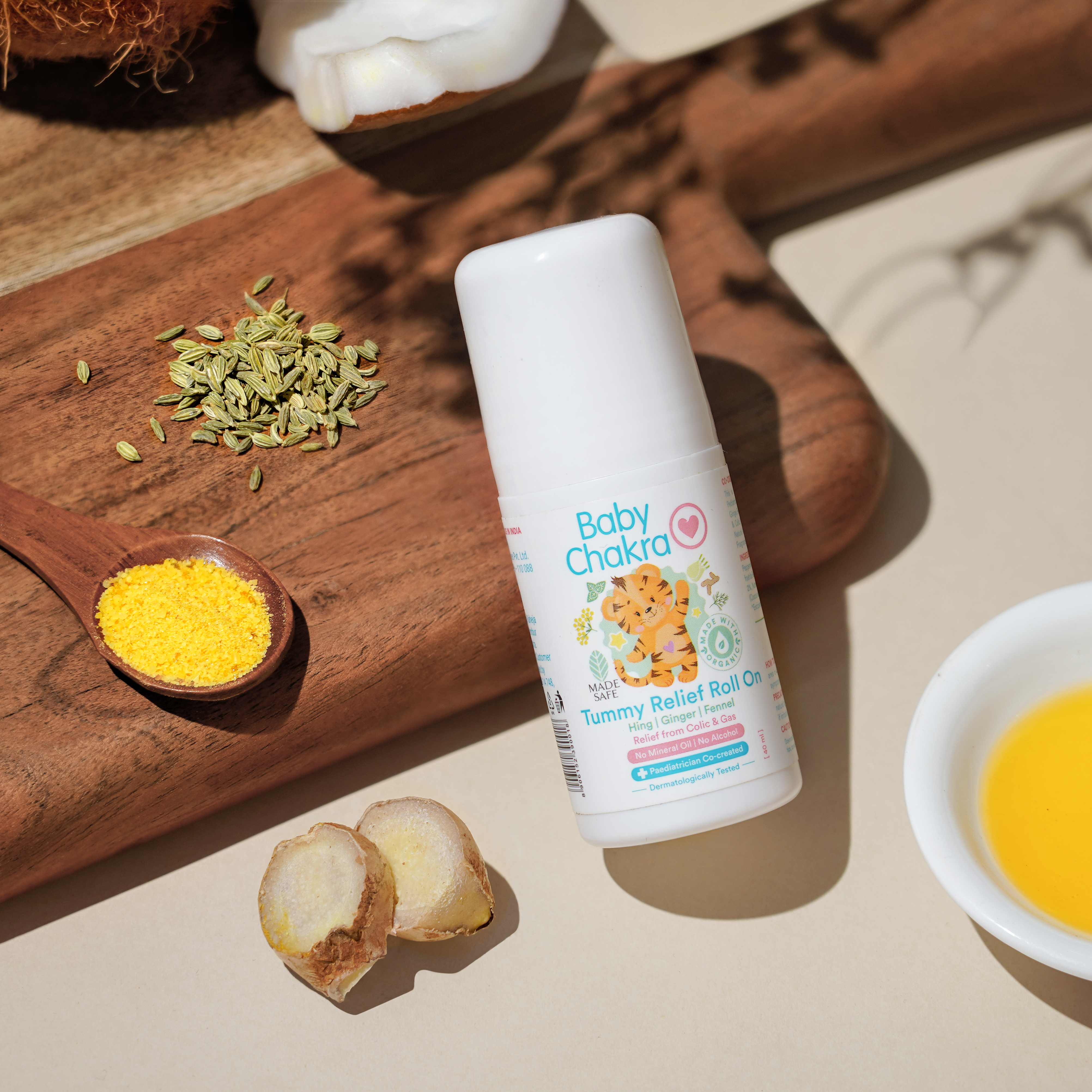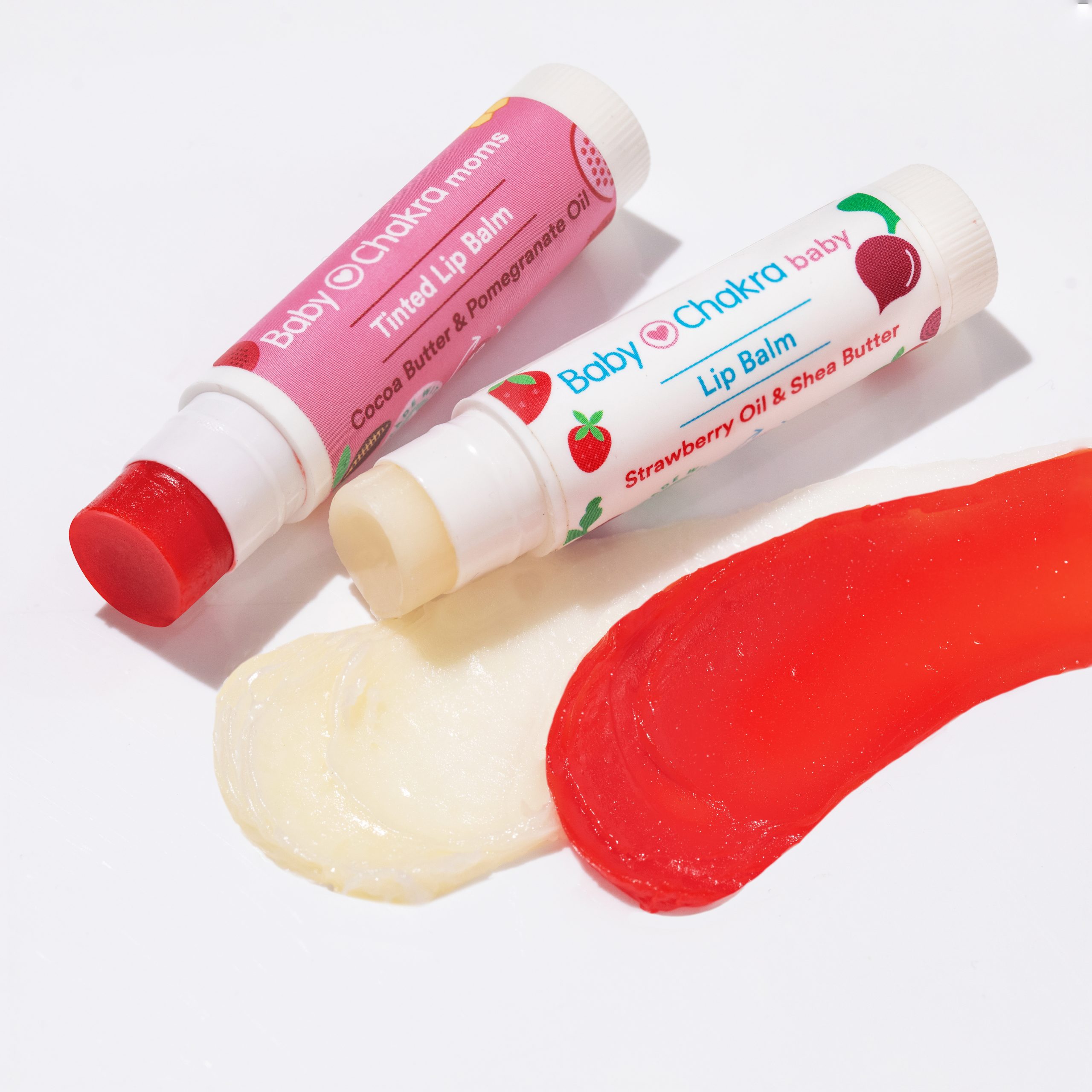
Newborn Belly Button Bleeding: How To Care And When To Worry
22 Feb 2023 | 6 min Read
Sudeshna Chakravarti
Author | 799 Articles
Your baby’s umbilical cord is an organ responsible for nourishment that serves as a connection to the placenta as well. When your baby is born, the umbilical cord is clamped and cut, leaving only a small part of the cord in your newborn’s abdomen. This is called the umbilical cord stump.
While rare, it is possible for the stump to bleed, and in most cases, it is usually not a cause for concern. The bleeding, also known as umbilical bleeding generally occurs before or after the umbilical stump falls off, or due to an infection. In most cases, proper care can prevent bleeding and discomfort in your little one’s umbilical cord stump area.
Read on as we give you more details about the causes of newborn belly button bleeding, treatment methods, and tips to heal your baby’s umbilical stump faster.
Is Newborn Belly Button Bleeding Normal?
A small amount of belly button bleeding in newborns is normal when the umbilical stump begins to separate from their body. You may notice a few drops of blood during or after the stump falls off your baby’s body. In some cases, bleeding may also occur if your baby’s clothes or diapers rub against the stump.
In either case, if the bleeding subsides quickly then it is not a cause for worry. You can also try cleaning or applying gentle pressure on the stump to slow down or stop the bleeding. If the bleeding persists even after trying these methods, consult your child’s healthcare provider immediately.
How To Prevent Newborn Belly Button Bleeding?
The American Academy of Paediatrics (AAP) recommends dry cord care, which means the natural drying of the umbilical cord stump. In some cases, your doctor may recommend the use of alcohol, but that is only if your little one’s umbilical, cord stump is infected.
The following tips may help in preventing bleeding in your newborn’s belly button and also allow their umbilical cord stump to heal faster.
- Keep the umbilical cord stump area dry and clean. Bathe your baby with a moisturising and natural bathing bar, and use a washcloth or sponge to keep the stump area dry.
- Expose the umbilical cord stump area to air frequently. You can consider keeping the front of your baby’s diaper folded to allow air to pass. This may fasten the healing process.
- Changing your baby’s diaper on time can help prevent soiling or wetting your baby’s cord stump area. Avoid practices such as using rubbing alcohol to swab the stump during diaper change as that could kill valuable bacteria and increase the risk of infections.
- Dress your baby in loose-fitted clothes made with delicate and soft materials like cotton to avoid rubbing and pressing the stump.
Some don’ts to keep in mind while caring for your baby’s umbilical cord stump:
- Don’t bathe your baby in a tub or sink until their cord falls off. Submerging the cord stump can affect its ability to dry out and also increase the chances of an infection.
- Do not tug or pull the umbilical cord stump in an attempt to get it to fall off faster. This can cause extreme discomfort to your baby and also infect the area.
Also, remember that the colour of the umbilical cord stump may change from yellow to green and black while drying out. There is no need for medical intervention since it only indicates the drying of the stump before it falls away.
When Will The Umbilical Cord Fall Off?
Your baby’s umbilical cord stump will fall off on average, after 10 to 14 days after their birth. The cord starts to dry out, get smaller in size, and appear as a scab before it falls off. This time frame can vary for different babies, whose stump may fall off sooner or later, but neither occurrences are cause for concern.
When To Worry About Your Newborn’s Belly Button Bleeding?
If you are having difficulty stopping your baby’s belly button bleeding, or if the blood is more than a few drops, then call your healthcare provider immediately, as this bleeding could indicate an infection.
Other accompanying symptoms of an infection include:
- The skin surrounding the belly button appears very red. It may also feel warmer than rest of their body.
- There is a pus-like drainage around your baby’s belly button. You may also notice a discharge accompanied by a foul smell.
- Your baby cries in discomfort and pain when touched near their belly button.
Treatment For Newborn Belly Button Bleeding
Your doctor may instruct you to apply gentle pressure on your baby’s umbilical cord stump holding a sterile gauze pad. Applying pressure with your bare hands may increase the risk of infections, hence, making it essential to use the gauze pad. If the bleeding doesn’t stop even after this, your doctor may recommend you bring your baby to the medical center for a thorough check-up.
If your baby has an infected umbilical cord stump, then they may receive antibiotics. Make sure to administer antibiotics based on your doctor’s recommended dosage only.
Conclusion
While newborn belly button bleeding is normal, seeing blood come out of the stump for the first time may scare you. Generally, proper cleaning and sterilising can help prevent the bleeding of your baby’s umbilical cord stump, but if these interventions don’t work, it’s a good idea to consult your child’s healthcare provider and administer timely treatment.
Recommended Baby Care Products:
These products are a must-have for every newborn.
Also Read:
Baby lip blisters: Check out this post to learn helpful remedies for treating lip blisters in babies.
Best baby soap: Did you know that these ingredients are a must-have in your newborn’s soap?
White curd in your baby’s poop: What do white crusts in your baby’s poop indicate? Find out in this post.
Cover Image Credit: Freepik.com
A


Related Topics for you
Suggestions offered by doctors on BabyChakra are of advisory nature i.e., for educational and informational purposes only. Content posted on, created for, or compiled by BabyChakra is not intended or designed to replace your doctor's independent judgment about any symptom, condition, or the appropriateness or risks of a procedure or treatment for a given person.




